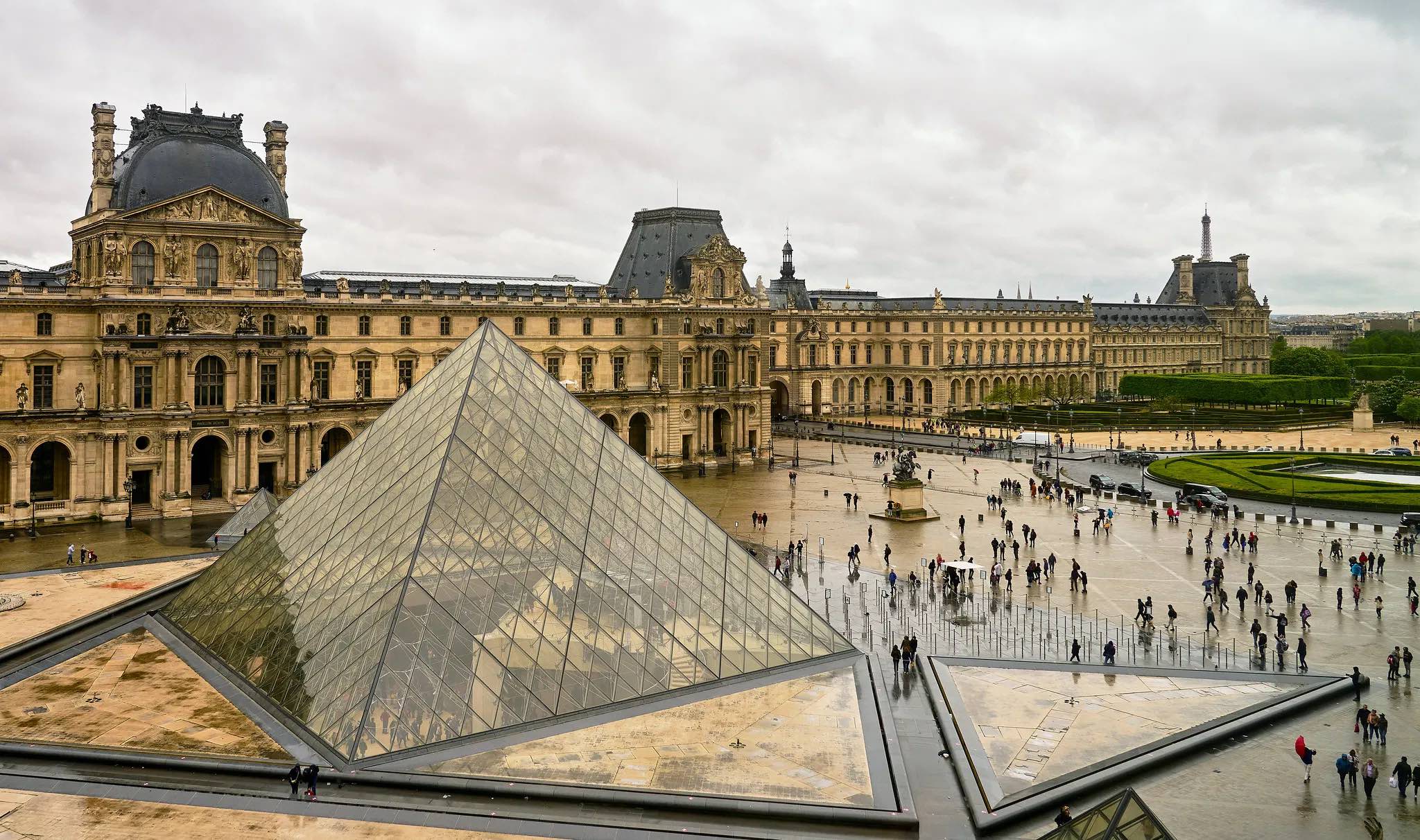Since 2018, the Louvre Museum in Paris has allocated five percent of its €250 million (~$301 million) endowment to socially-responsible investments, including artisan and traditional craft, cultural tourism, and cultural heritage. It’s one example of how an institution with a sizable endowment — a pool of money whose principal is reinvested to yield an income — can grow its own assets while benefiting the greater good. In financial parlance, the practice is known as “impact investing”: making investments to generate positive social or environmental change, in addition to financial returns. And while some institutions like the Louvre are already doing so, a new guide released by Upstart Co-Lab, a think tank of Rockefeller Philanthropy Advisors, argues that impact investing could be much more widespread in the US, where museums hold more than $40 billion in their combined endowments.
